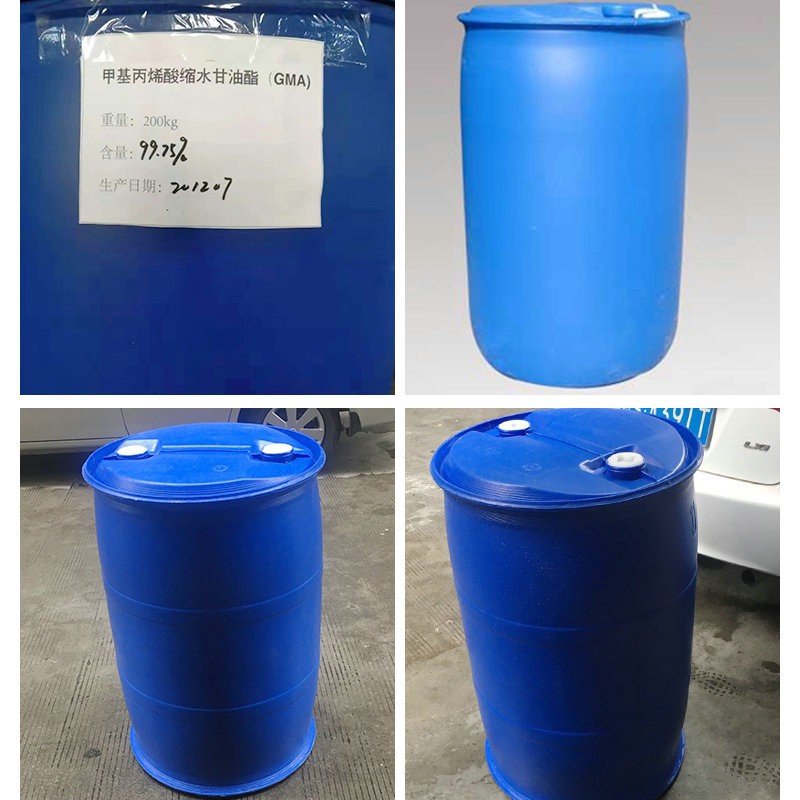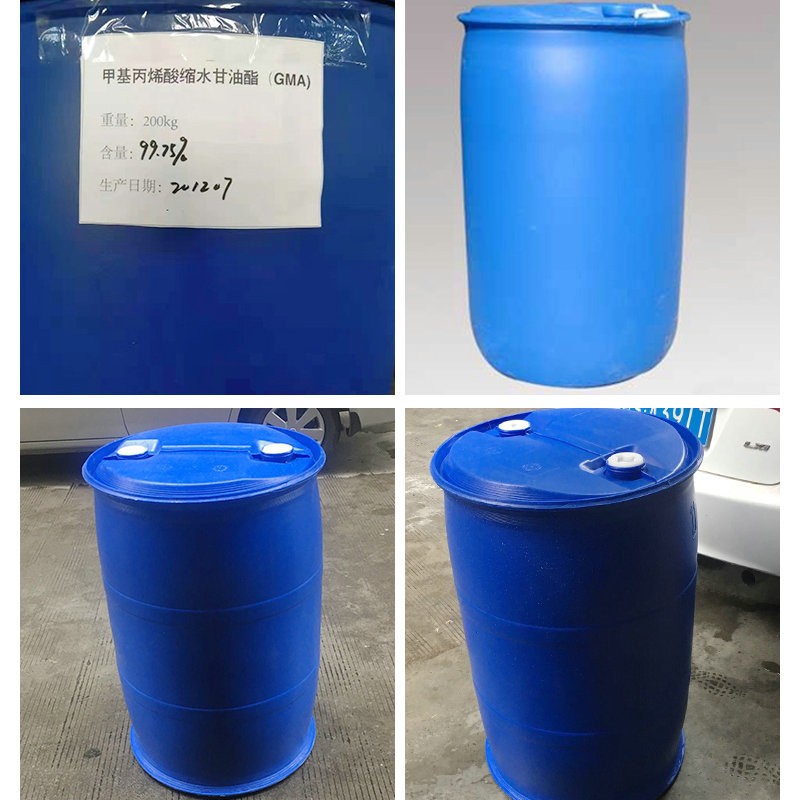Methacrylate
There are two main industrial production methods of methacrylic acid, namely the acetone cyanohydrin method and the isobutylene (tert-butanol) oxidation method.
1. Acetone cyanohydrin method Acetone and hydrocyanic acid react in the presence of an alkali catalyst to form acetone cyanohydrin, which is then reacted with concentrated sulfuric acid to form methacrylamide sulfate, and then hydrolyzed to form methacrylic acid. In production, it is required that acetone cyanohydrin and sulfuric acid do not contain moisture, otherwise acetone or methyl α-hydroxyisobutyrate will be produced in the product, which will affect the quality of the product. The production of methacrylic acid by acetone cyanohydrin method consumes 898kg of sodium cyanide (>87%), 1100kg of acetone (98.5%), and 4080kg of sulfuric acid (fuming) per ton of product.
2. Isobutylene (tert-butanol) oxidation method Isobutylene is oxidized in two steps, the first step is to generate methacrolein, the second step is to generate methacrylic acid, and then the qualified product is obtained by rectification.
3. The methacrylonitrile hydrolysis method uses isobutylene as the raw material, and is obtained by ammonia oxygen and hydrolysis. 4. Isobutane oxidation method is obtained by oxidation to methacrolein, and then obtained by oxidation.
4. Isobutane oxidation method Methacrolein is obtained by oxidation, and then obtained by oxidation.
1. Important organic chemical raw materials and intermediates of polymers. Its most important derivative, methyl methacrylate, produces plexiglass that can be used in aircraft and civil building windows, and can also be processed into buttons, solar filters and automotive lamp lenses; the coatings produced have superior suspension, rheological properties and durability properties; the resulting binder can be used for bonding metals, leather, plastics and building materials; methacrylate polymer emulsions are used as fabric finishes and antistatic agents. In addition, methacrylic acid can also be used as a raw material for synthetic rubber.
2. Organic chemical raw materials and polymer intermediates for the manufacture of methacrylates (ethyl methacrylate, glycidyl methacrylate, etc.) and plexiglass. It is also used in the manufacture of thermosetting coatings, synthetic rubber, fabric treatment agents, leather treatment agents, ion exchange resins, insulating materials, antistatic agents, etc. It is a cross-linking monomer for the manufacture of acrylate solvent-based and emulsion-based adhesives to improve the adhesive strength and stability of the adhesive.
3. For organic synthesis and polymer preparation




